Current treatment of clubfoot deformity includes initial trials of manipulation and serial casting 3050% feet treated in this way eventually needs surgical correction 3Pes = foot) congenital foot and ankle deformity • Treatment for pain, severe progression • Longitudinal arch reconstitutes Flexible Flatfoot (pes planus, flattened longitudinal arch) zadehcouk babiesnkidsblogspotcom •Normal heel •Hindfoot valgusClub Foot can be of the Positional (flexible) or Structural (less flexible) variety Flexible ones are also known as positional club foot and do not require casting Some parents opt for physiotherapy as an adjunct and this is possible while not mandatory

Clubfoot Deformities Pediatric Orthopaedics Navicent Health Macon Georgia Atrium Health Navicent
How to fix a clubfoot
How to fix a clubfoot-Stretching and casting also known as Ponseti method French method which involves realignment, taping, longterm home exercise and night splinting Congenital talipes equinovarus, also known as 'club foot', is a congenital foot deformity present at birth It is one of the most common congenital deformities The foot consists of 26 bones Most relevant for this congenital deformity are the talus, calcaneus and navicular The calcaneus and navicular are medially rotated in relation to




Clubfoot Orthopaedia
Club foot is a congenital foot deformity that occurs in approximately one of every 1,000 birth A child with club foot has one or both feet that turn inward and point down Club foot develops while a baby is still in the mother's womb The exact cause of club foot is unknown Club foot is more common in boys than girlsClubfoot is a congenital foot deformity that affects a child's bones, muscles, tendons, and blood vessels The front half of an affected foot turns inward and the heel points down In severe cases, the foot is turned so far that the bottom faces sideways or up rather than down The condition, also known as talipes equinovarus, is fairly commonThis is a study of the history of clubfoot from ancient times up to the present It embraces not only the clinical aspects of the deformity but also its social implications, particularly of its early history when the attitude of society towards the lame and crippled in general and to foot deformities in particular is discussed
Club foot Congenital club foot is commonly of the equinovarus type, and the deformity can be effectually dealt with when not severe without any cut ting operation A few days after birth systematic manipulations of the distorted foot should be patiently and perseveringly undertaken by a Newborns with a club foot are often treated with bracing, physical therapy, casting, or surgery 1 Baby With Clubfoot Vincent Iannelli, MD This is a photo of a newborn baby with a clubfoot Although you can't tell from this photo, both feet are affected by the clubfoot deformity, causing them to turn inward and downward 2For feet with the typical components of deformity (cavus, forefoot adductus, hindfoot varus, and ankle equinus), the typical procedure is a Posteromedial Release (PMR) surgery This is done through an incision across the medial side of the foot and ankle, that extends posteriorly, and sometimes around to the lateral side of the foot
The treatment of congenital club foot by operation to correct deformity and achieve dynamic muscle balance Huang YT(1), Lei W, Zhao L, Wang J Author information (1)PLA Institute of Orthopaedics, XiJing Hospital, Fourth Military Medical University, Xi'an, People's Republic of ChinaConservative techniques primarily achieve correction of clubfoot by slowly stretching tight structures, allowing time for soft tissue and cartilaginous remodelling Surgical management of clubfoot achieves these aims through division or lengthening of bony or soft tissue structures which are tight or misshapen and are causing deformityA clubfoot, also known as Congenital Talipes Equino Varus, is a common foot abnormality usually present in a newborn child In clubfoot, the child's feet are either turned backward or inward Most of the clubfoot (CTEV) cases can be treated successfully at Trishla Ortho with nonsurgical methods, but sometimes they require surgical treatment We have proved our excellence in the field of foot




Is Unilateral Lower Leg Orthosis With A Circular Foot Unit In The Treatment Of Idiopathic Clubfeet A Reasonable Bracing Alternative In The Ponseti Method Five Year Results Of A Supraregional Paediatric Orthopaedic Centre



1
Ponseti method The Ponseti method is the most common and effective clubfoot treatment This treatment uses a series of casts and braces to rotate the baby's foot into a corrected position The foot is rotated externally until it is turned out 6070 degrees Treatment usually begins sometime between birth and 4 weeks of age and involves two Physical therapy, in addition to wearing devices to help to correct the deformity, is the basic courses of treatment for less serious foot deformities Surgery is required for conditions like clubfoot or fused toes Corrective devices Foot deformities can be treated through bracing, casting, and wearing supportive devices An endresult study of severe clubfoot deformities in otherwise normal children treated initially in this department from 1948 to 1956, with a followup period from five to twelve years, is here presented Three hundred and twentytwo patients with clubfoot deformity were treated during this period
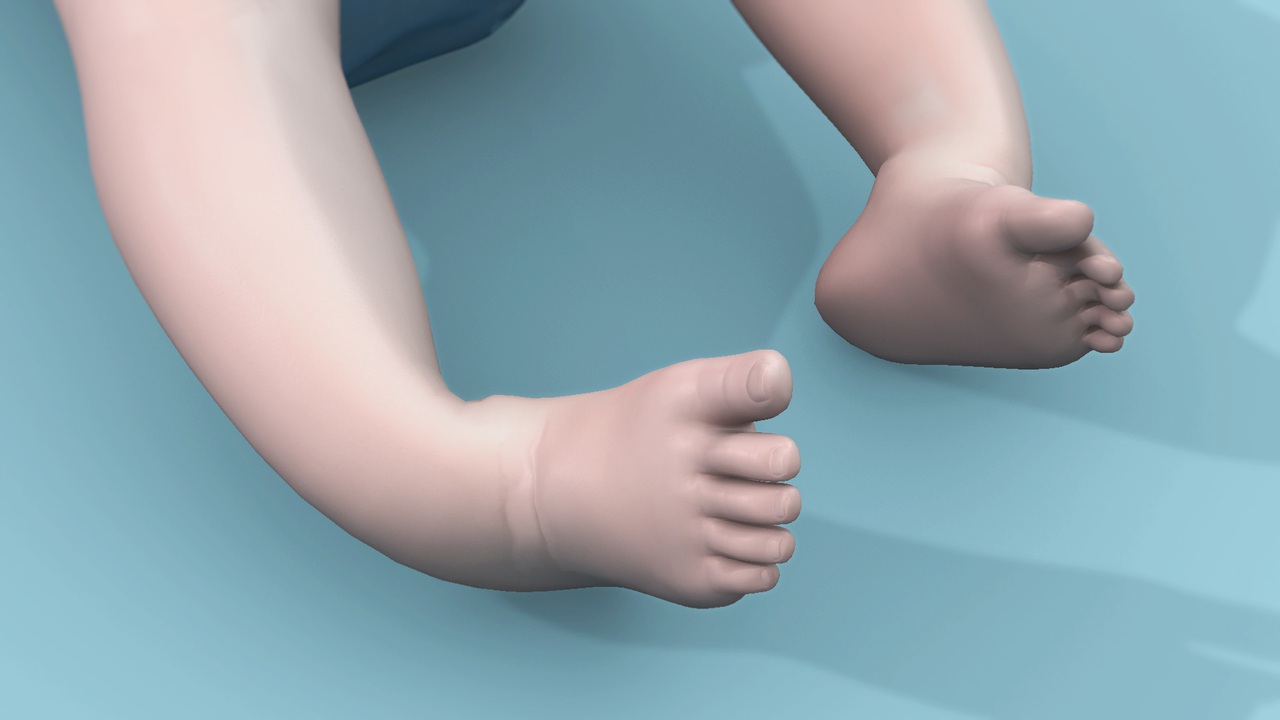



Clubfoot Causes And Treatments Palos Hills And Mokena




Clubfoot In Children Lurie Children S
Although it is sometimes recommended that idiopathic clubfoot (talipes) be treated as soon as possible, this condition does not constitute an orthopedic emergencyThe Limb Lengthening Institute of Los Angeles is a premiere medical group and their experienced surgeons are the only doctors who do adult clubfoot treatment in the Los Angeles area Please call (Arcadia) or (Century City) to speak to a foot and ankle specialist about your adult clubfoot treatment and/or other cosmeticFoot deformity is the commonest problem in cerebral palsy Equinus, varus, plano valgus, calcaneus & hallux valgus are example of few foot deformity most
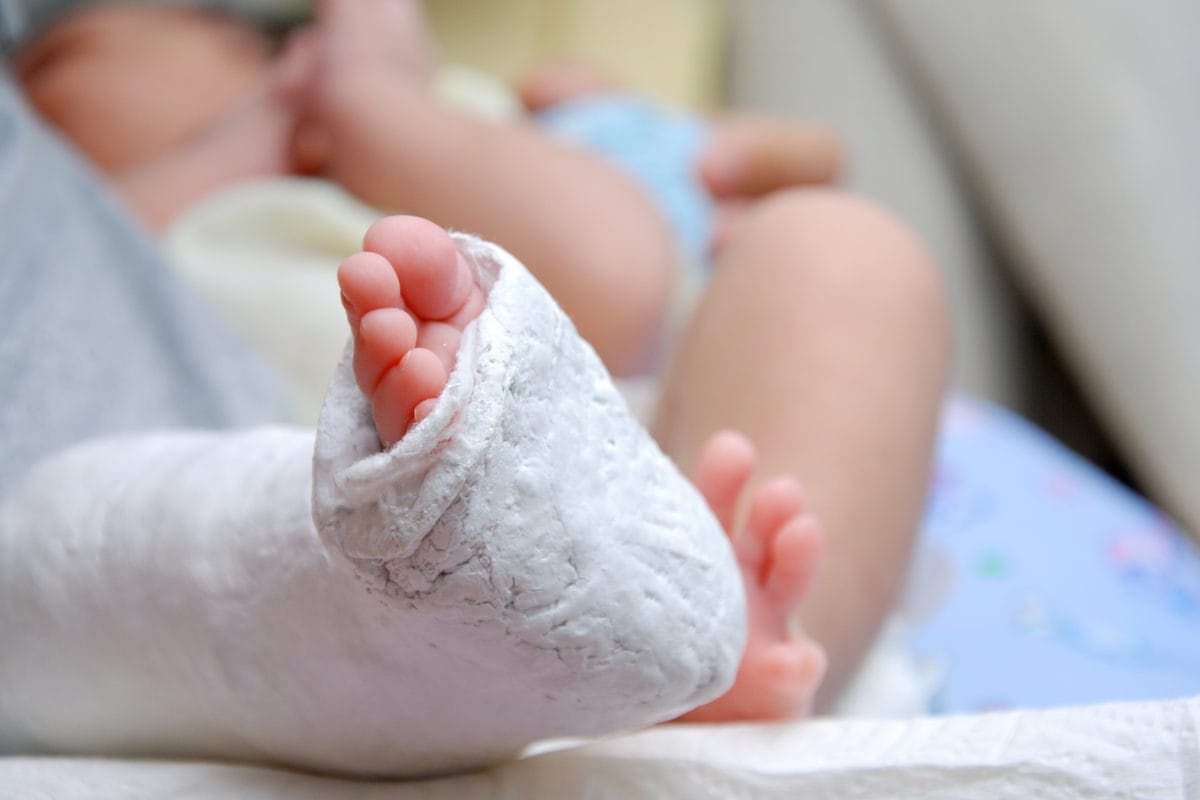



What Is Clubfoot Symptoms And Treatment Familydoctor Org
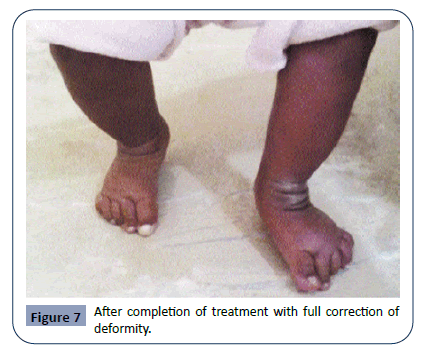



Cross Sectional Study Of Clinical Profile And Treatment Of Clubfoot By Ponseti Method Among Infants At A Tertiary Care Hospital Insight Medical Publishing
Sometimes nonsurgical treatments, such as casting, can correct clubfoot Casting is a method for correcting clubfoot in the hopes of avoiding surgery The Ponseti method is Describe the treatment of clubfoot with the Ponseti technique, and when surgical intervention may be required Outline interprofessional team strategies for improving clubfoot treatment and outcomes Introduction Clubfoot (talipes equinovarus) is a congenital deformity involving the foot, otherwise known as congenital talipes equinovarusClub foot treatment may involve moving the foot into the correct position and using a cast to keep it there This is often done by an orthopedic specialist Treatment should be started as early as possible ideally, shortly after birth when reshaping the foot is easiest




Clubfoot Children S Orthopaedic And Scoliosis Surgery Associates Llp




Clubfoot Www Lowerextremity Com
In a club foot, the entire foot is twisted "down and in," to the point that it looks like the feet are upside down, with the soles pointed upward In most cases, there is no known cause of idiopathic clubfoot deformity Clubfoot is one of the most common nonmajor birth defects Today, clubfoot can be treated with the conservative Ponseti Method of casting rather than extensive Treatment Clubfoot refers to a condition in which a newborn's foot or feet appear to be rotated internally at the ankle The foot points down My foot goes into 4 degrees dorsiflexion, 8 degrees equinus & 0 degrees in supination & pronation Overall ilizarov for club foot deformity is an awesome way to treat severe deformities that otherwise could not be safely reduced Please feel free to contact me with additional questions




Clinical Aspect Of Monolateral Right Clubfoot At Birth A And At 18 Download Scientific Diagram




Acquired Clubfoot Semantic Scholar
With proper treatment the majority of children are able to enjoy a wide range of physical activities with little trace of the deformity Most cases of clubfoot are successfully treated with nonsurgical methods that may include a combination of stretching, multiple plaster casts and bracing Treatment usually begins shortly after birth Figure 1The deformity or poor patient compliance with the bracing protocol• CONCLUSION There are numerous approaches to treat congenital club foot deformity but the selection of every particular procedures must be adopted according to the specific individual, as each club foot is a particular case in its parametersThe goal of treatment is to obtain a functional, painfree foot that enables standing and walking with the sole of the foot flat on the ground The initial treatment of clubfoot is nonsurgical, regardless of how severe the deformity is The Ponseti method is the most widely used technique which uses gentle stretching and casting to gradually correct the deformity




Clubfoot Congenital Talipes Equinovarus Pediatrics Orthobullets
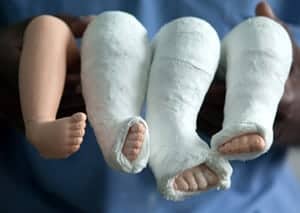



Children S Clubfoot Treatment Causes Pediatric Foot Ankle
Clubfoot is a deformity in which an infant's foot is turned inward, often so severely that the bottom of the foot faces sideways or even upward Most cases of clubfoot can be successfully treated with nonsurgical methods that include stretching, casting, and bracingTreatment for club foot usually starts within 1 to 2 weeks of your baby being born The main treatment, called the Ponseti method, involves gently manipulating and stretching your baby's foot into a better position It's then put into a cast This is repeated every week for about 5 to 8 weeks Treatment The causes and symptoms of clubfoot differ from one child to another The orthopaedic treat the congenital deformity in a number of ways But they always decide the right clubfoot treatment method based on the symptoms and causes Initially, the orthopaedic treat clubfoot through Ponseti method which includes both stretching and casting




The 17 Abjs Nicolas Andry Award Advancing Personalized Medicine For Clubfoot Through Translational Research Springerlink




Clubfoot In Newborns Causes Symptoms Diagnostics Schoen Clinic
Conservative treatment of clubfoot is the preferred method of treatment while surgical treatment may be necessary in more resistant cases Key Words Clubfoot, outcome, treatment, quantitative assessment, deformity INTRODUCTION "Club foot", also known as Congenital Talipes Equino Varus (CTEV), is a common congenital deformity of the foot The The medical name for clubfoot is congenital talipes equinovarus (CTEV) It is a congenital deformity that may affect both feet or only one foot The affected foot appears to rotate internally at the ankle If a child is not treated for this disorder, they will walk on the sides of their feet or on their anklesAn upright conformation of the foot associated with a flexural deformity of the DIPJ is defined as a club foot 2,10,11 (Fig 7) A flexural deformity is generally diagnosed and treated while the horse is immature but often a mild flexural deformity is ignored or the foal is treated




New Tool To Assess Clubfoot Treatment Lower Extremity Review Magazine




Treatment Of Neglected And Relapsed Clubfoot With Midfoot Osteotomy A Retrospective Study
The treatment of a recurrence or worsening of the deformity depends on the child's age and the extent of the deformity In some cases, several weeks of additional casting, bracing with Denis Browne splint or intensive physiotherapy are needed Severe forms of the deformity may require surgical lengthening or transfer of tendons in the child's foot These operations are performed at Is there a treatment for club foot children? Club foot can be treated in a combination of methods which includes;




Congenital Clubfoot Early Recognition And Conservative Management For Preventing Late Disabilities Springerlink
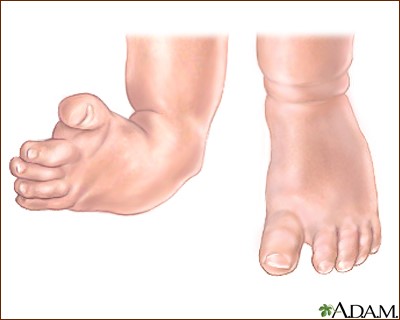



Antidepressants And Clubfoot Birth Defect
How is club foot treated? Neurologic conditions causing cavus foot deformity include CharcotMarieTooth disease (CMT accounts for 50% of the neurologic cases), cerebral palsy, clubfoot, poststroke paralysis, spina bifida, muscular dystrophy, and, rarely, poliomyelitisClubfoot, also known as talipes equinovarus (TEV), is a common foot abnormality, in which the foot points downward and inward It occurs twice as often in males than in females Signs of clubfoot include a short and/or tight Achilles tendon (heel cord) and a heel that is turned in




Clubfoot Orthopaedia




Predicting Recurrence After Clubfoot Treatment Lower Extremity Review Magazine
The treatment for clubfoot consists of two phases Ponseti serial casting and bracing Treatment is always necessary, because the condition does not get better with growth Ponseti Serial Casting The Ponseti technique of serial casting is a treatment method that involves careful stretching and manipulation of the foot and holding with a castThe neglected clubfoot may respond to Ponseti treatment, but also may have bony deformity that requires surgical correction Complex Clubfoot any foot with deformity that has received any type of treatment other than the Ponseti method may have added complexity because of additional pathology or scarring from surgeryAn endresult study of severe clubfoot deformities in otherwise normal children treated initially in this department from 1948 to 1956, with a followup period from five to twelve years, is here presented Three hundred and twentytwo patients with clubfoot deformity were treated




Idiopathic Congenital Clubfoot Initial Treatment Sciencedirect




To Parents Of Children Born With Clubfeet University Of Iowa Stead Family Children S Hospital
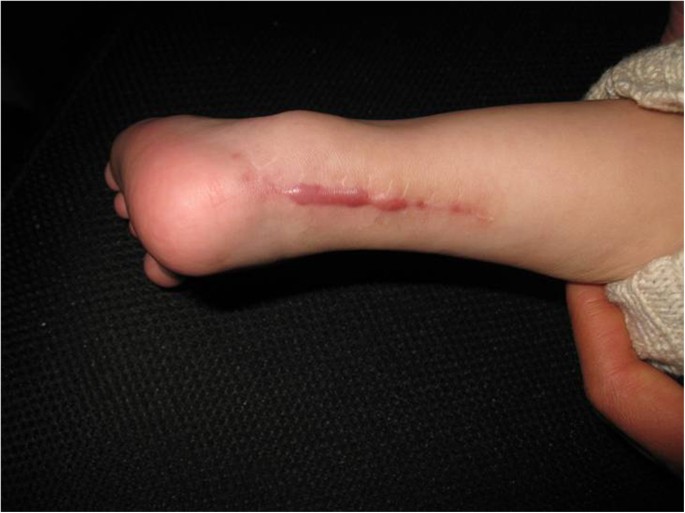



Manipulation And Brace Fixing For The Treatment Of Congenital Clubfoot In Newborns And Infants Bmc Musculoskeletal Disorders Full Text
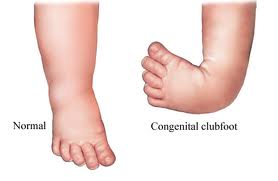



Introduction To Clubfoot Physiopedia




Clubfoot Solutions Learn About Our Efforts To Treat Clubfoot




Pdf Conservative Treatment In Clubfoot Deformity




Clubfoot Deformities Pediatric Orthopaedics Navicent Health Macon Georgia Atrium Health Navicent
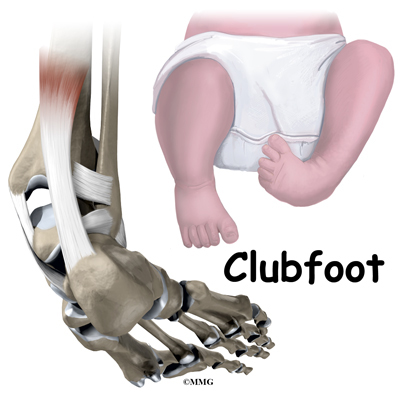



Clubfoot Eorthopod Com



Clubfoot Orthoinfo os
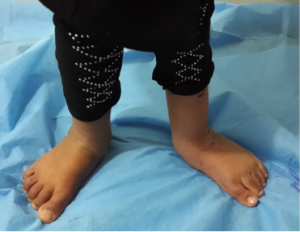



Clubfoot With Post Surgical Relapse Physiopedia




To Parents Of Children Born With Clubfeet University Of Iowa Stead Family Children S Hospital
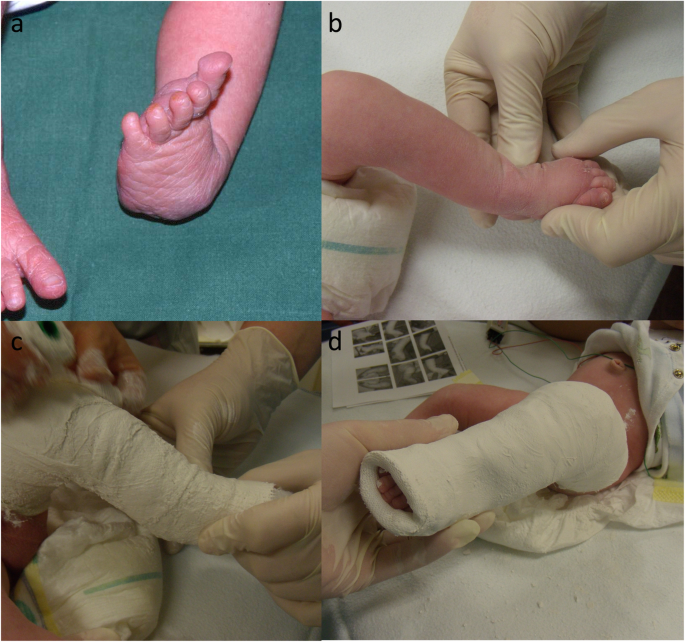



Clubfoot Treatment With Ponseti Method Parental Distress During Plaster Casting Journal Of Orthopaedic Surgery And Research Full Text
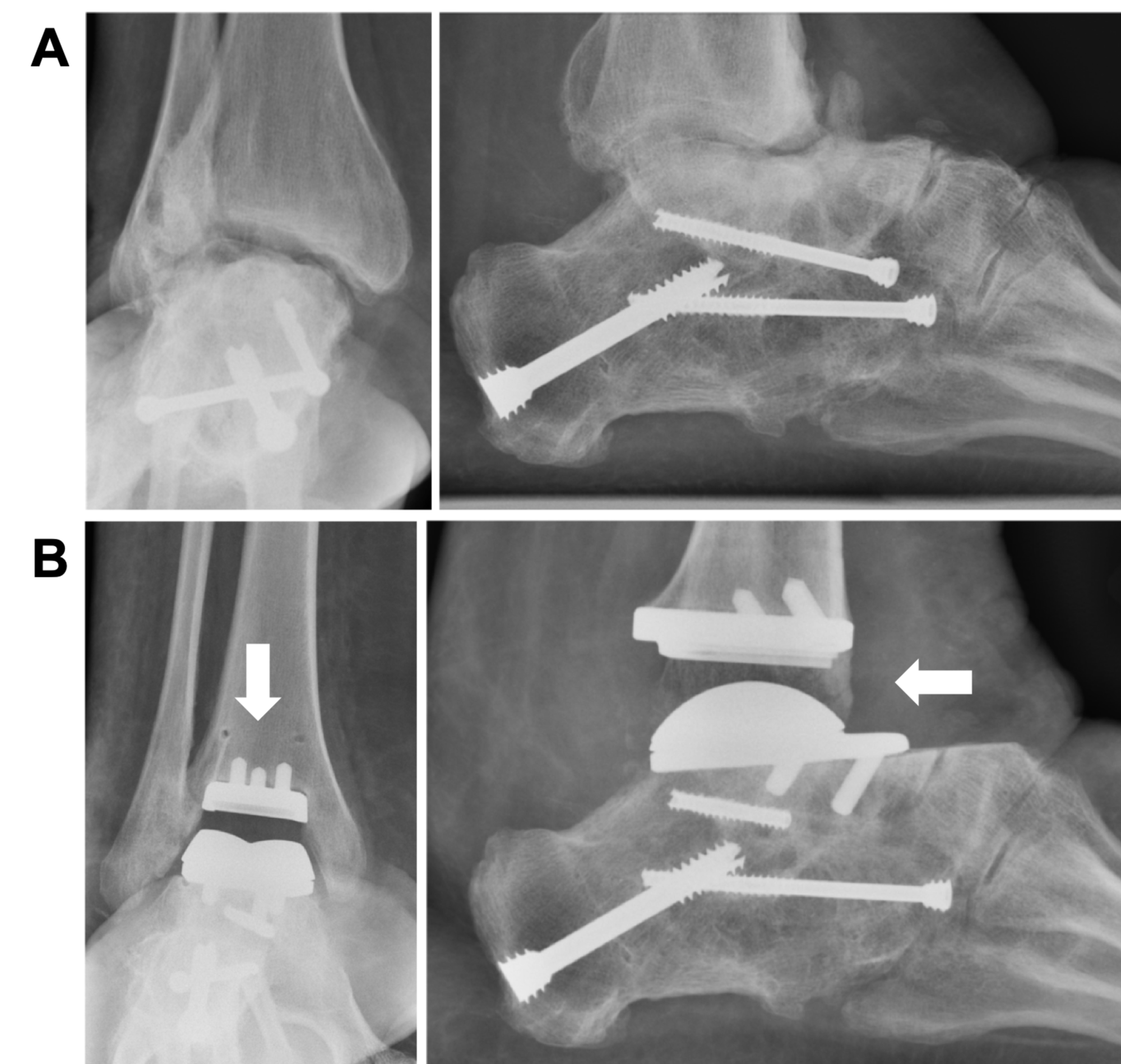



Cureus Arthrodesis Of The Foot Or Ankle In Adult Patients With Congenital Clubfoot
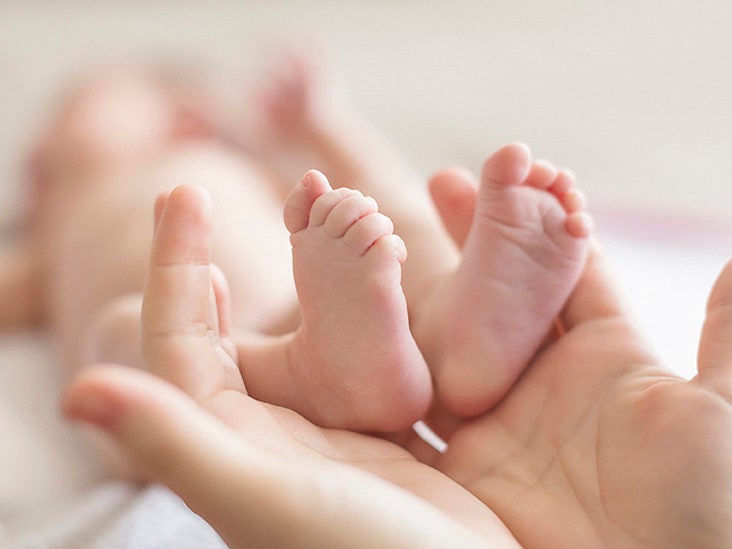



Clubfoot Repair Treatments Procedure Outlook
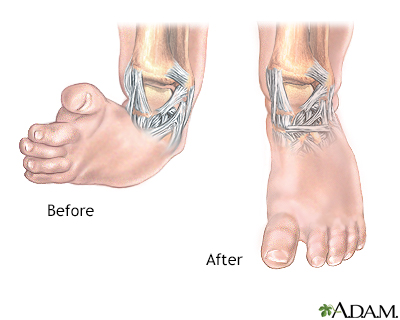



Clubfoot Information Mount Sinai New York
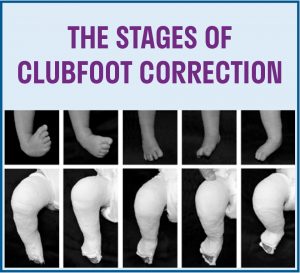



Treatment Strategies Paley Orthopedic Spine Institute
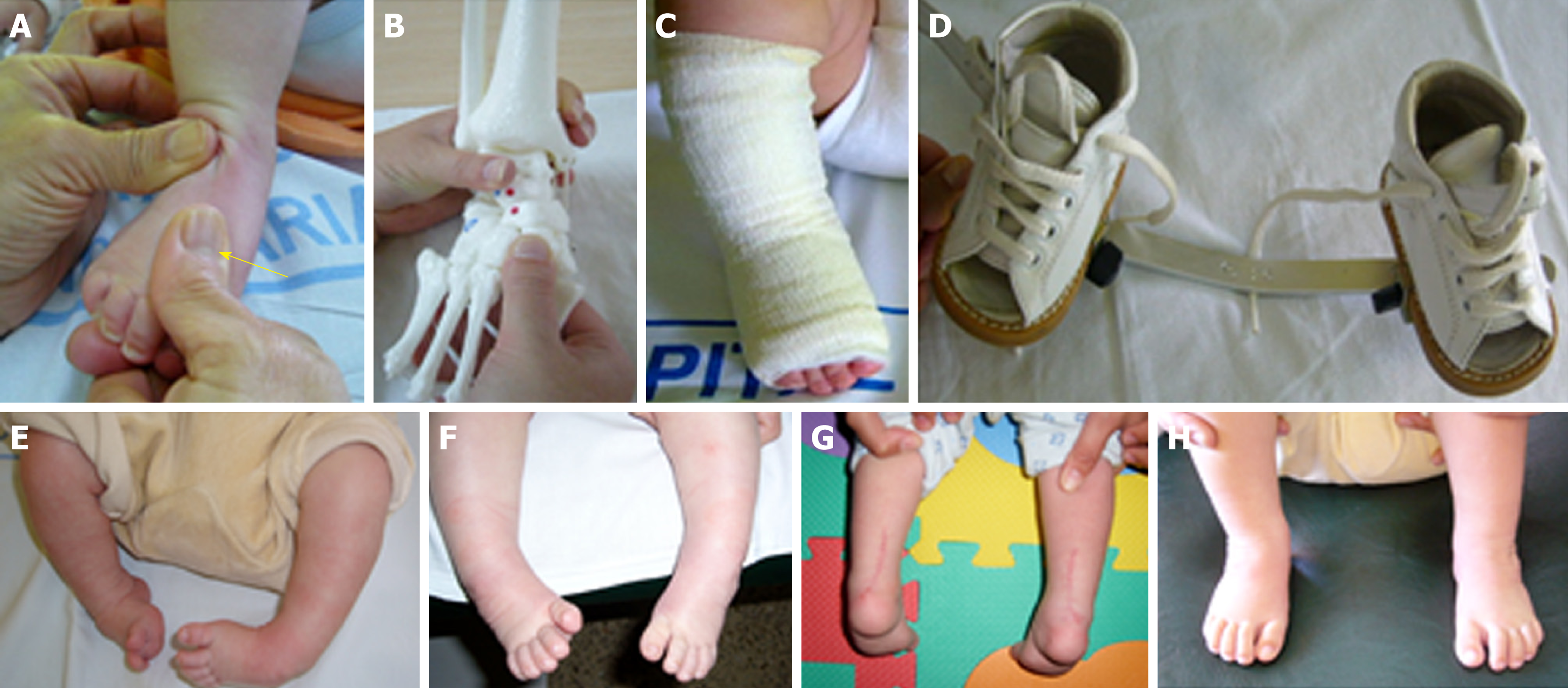



Functional Physiotherapy Method Results For The Treatment Of Idiopathic Clubfoot




Clubfoot Congenital Talipes Equinovarus Pediatrics Orthobullets




Club Foot Nhs
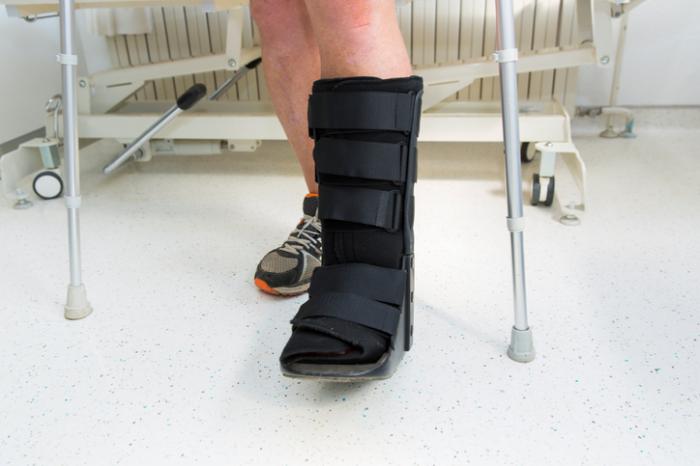



Clubfoot Causes And Treatments
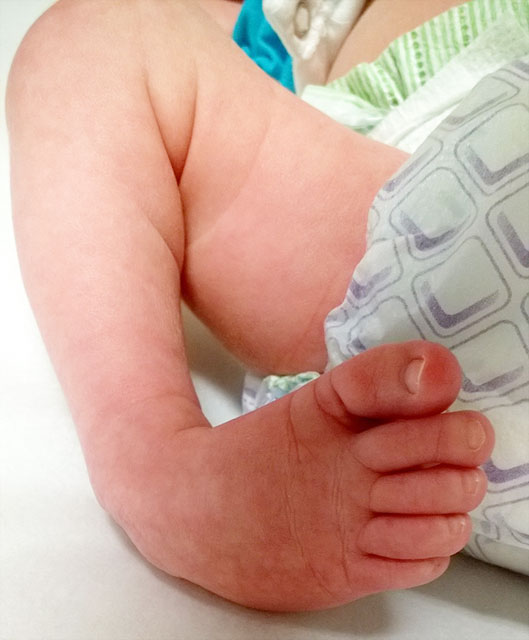



Clubfoot Johns Hopkins Medicine




Treatment Of Relapsed Residual And Neglected Clubfoot Adjunctive Surgery Journal Of Children S Orthopaedics
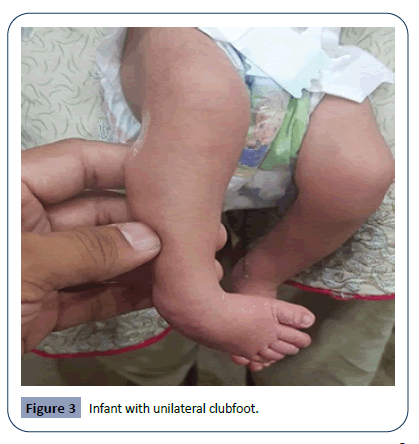



Cross Sectional Study Of Clinical Profile And Treatment Of Clubfoot By Ponseti Method Among Infants At A Tertiary Care Hospital Insight Medical Publishing




Clinical Photographs Showing A The Club Feet Of A 1 5 Month Old Baby Download Scientific Diagram




Demonstration Of Deformities Present In Clubfoot Download Scientific Diagram




Clubfoot Deformities What Causes It And How Doctors Treat It Bones And Joints Oladoc Com



Clubfoot Symptoms Stages Definition Description Demographics Causes And Symptoms Diagnosis
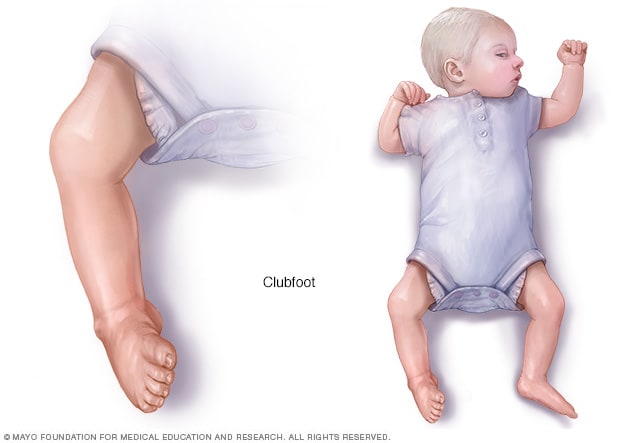



Clubfoot Symptoms And Causes Mayo Clinic




Clubfoot Wikipedia




What Is Clubfoot And How Is It Treated
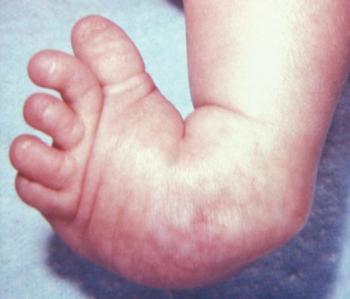



Clubfoot Causes And Treatments
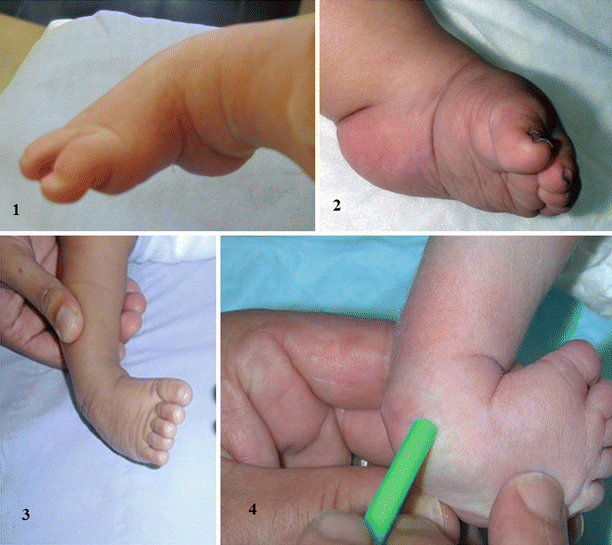



Evidence Based Treatment For Clubfoot Springerlink




Clubfoot Causes Symptoms And Diagnosis




Sometimes Aid Is Transformative A Look At A Simple Affordable Clubfoot Treatment Scope




Clubfoot And Other Foot Defects Children S Health Issues Msd Manual Consumer Version
/GettyImages-531856195-56c202e25f9b5829f867c91e.jpg)



Learn About Clubfoot Deformity In Newborns
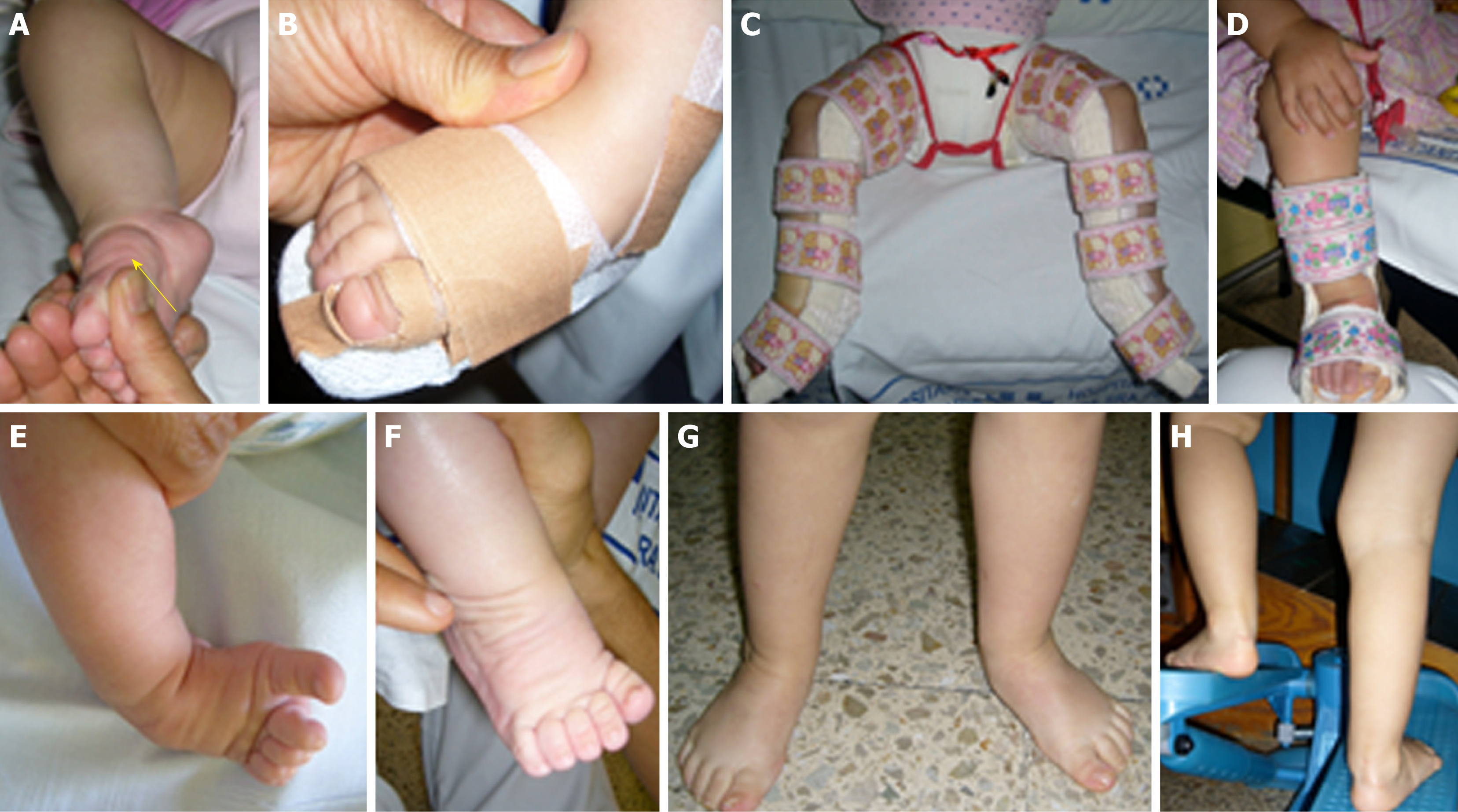



Functional Physiotherapy Method Results For The Treatment Of Idiopathic Clubfoot




Club Feet Beauchamp Foot Care Beauchamp Foot Care
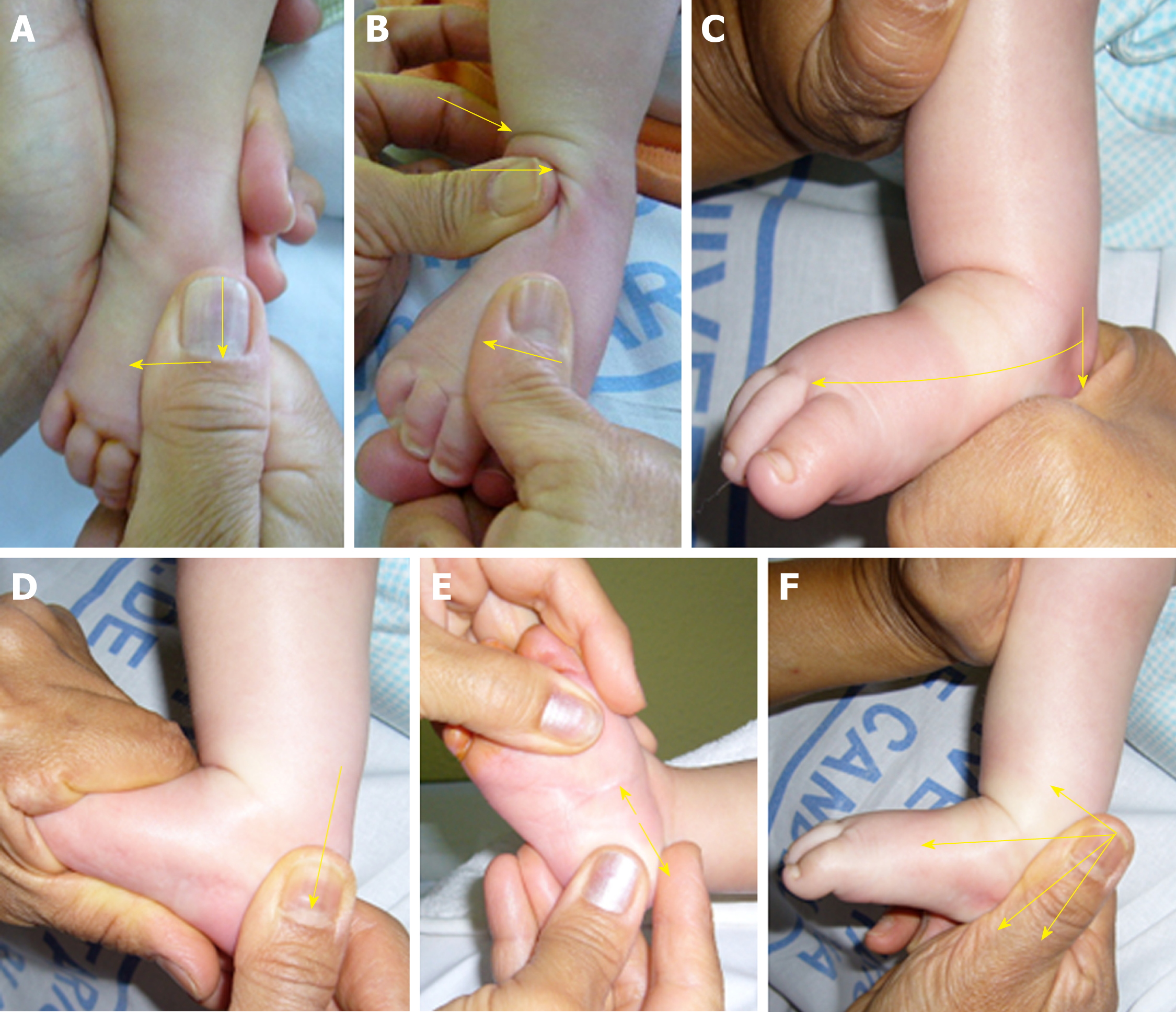



Functional Physiotherapy Method Results For The Treatment Of Idiopathic Clubfoot




Positional Clubfoot



Clubfoot Orthoinfo os




Challenging Clubfeet The Arthrogrypotic Clubfoot And The Complex Clubfoot Journal Of Children S Orthopaedics
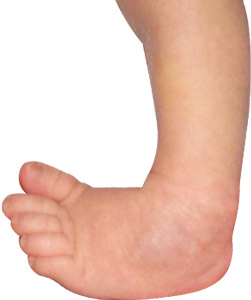



Club Foot Treatment Penrith Congenital Deformity Blue Mountains Blacktown
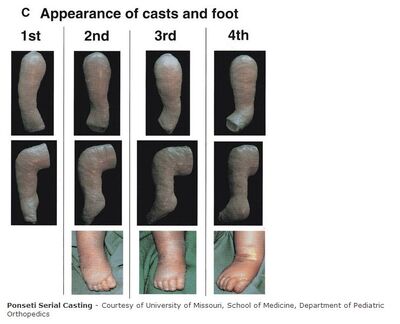



Preclinical Clubfoot Deformity Vs Clubfoot Deformity Athlepedia The Athletics Wiki Fandom
:max_bytes(150000):strip_icc()/GettyImages-976611000-781e705fad0e43aca41e5f5fc82f7b7e.jpg)



Learn About Clubfoot Deformity In Newborns




World Clubfoot Day Over 150 000 Babies Are Born With Clubfoot Each Year Physiospot Physiotherapy And Physical Therapy In The Spotlight




Treatment Of Relapsed Residual And Neglected Clubfoot Adjunctive Surgery Journal Of Children S Orthopaedics
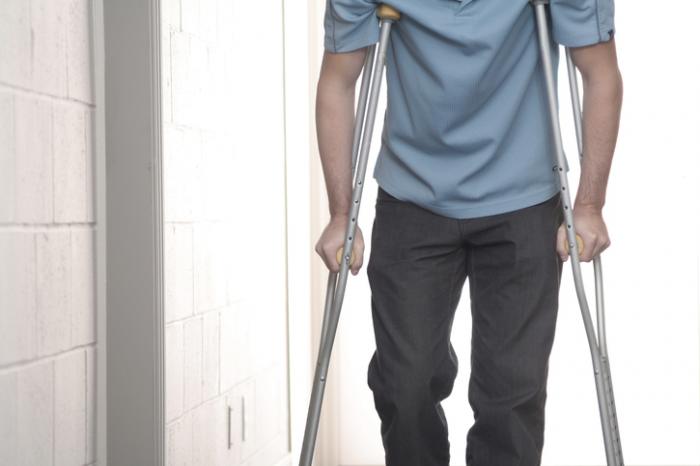



Clubfoot Causes And Treatments




Does An Overcorrected Clubfoot Caused By Surgery Or By The Ponseti Method Behave Differently Sciencedirect




Clubfoot Boston Children S Hospital



Clubfoot Orthoinfo os
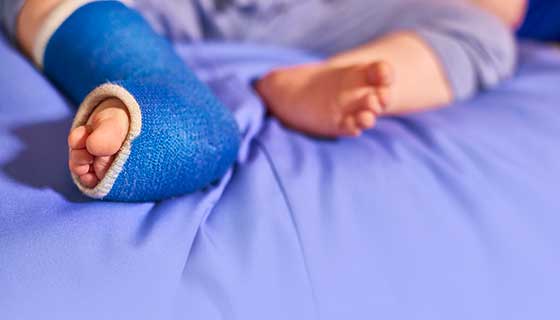



Clubfoot Johns Hopkins Medicine




A F A A 7 Month Old Girl Presented With Unilateral Clubfoot With Download Scientific Diagram
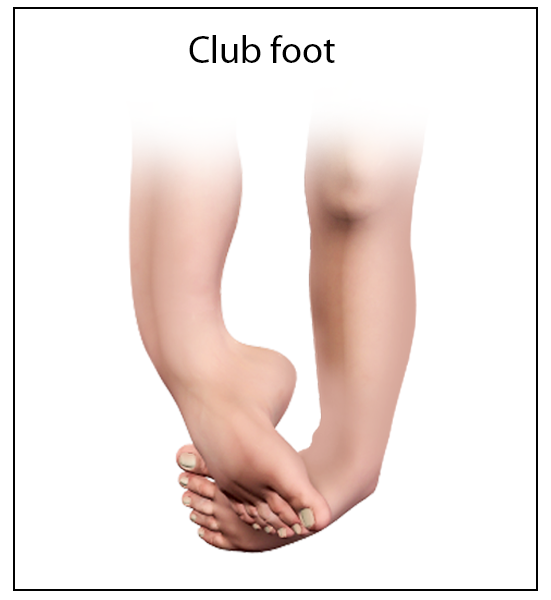



Club Foot Congenital Deformity Memphis Foot Deformity Memphis




Child S Feet With Talipes Club Foot Deformity Stock Image M350 01 Science Photo Library




Development Of An Orthosis For Simultaneous Three Dimensional Correction Of Clubfoot Deformity Clinical Biomechanics



Neglected Idiopathic Clubfoot Successfully Treated By The Ponseti Method A Case Report Of An Adult Patient Who Started Treatment At 26 Years Of Age Journal Of Orthopaedic Case Reports




Clubfoot Boston Children S Hospital




The Adult Sequelae Of Treated Congenital Clubfoot Foot And Ankle Clinics



Clubfoot Orthoinfo os




Club Foot Congenital Talipes Equinovarus About Club Foot Patient




Clubfoot And Other Foot Defects Children S Health Issues Msd Manual Consumer Version




Clubfoot Foot And Ankle Deformities Principles And Management Of Pediatric Foot And Ankle Deformities And Malformations 1 Ed




Predicting Recurrence After Clubfoot Treatment Lower Extremity Review Magazine



1



Clubfoot Orthoinfo os




Clubfoot Congenital Talipes Equinovarus Pediatrics Orthobullets




Clubfoot Congenital Talipes Equinovarus Pediatrics Orthobullets



1



Club Foot




Fig 2 Radical Reduction In The Rate Of Extensive Corrective Surgery For Clubfoot Using The Ponseti Method American Academy Of Pediatrics




Clubfoot Foot And Ankle Deformities Principles And Management Of Pediatric Foot And Ankle Deformities And Malformations 1 Ed



Q Tbn And9gcqf5plezom7xy36ohjr Xavowtgwq8drvemj3po9bk8seh0h 5z Usqp Cau




Clubfoot Footcaremd



Clubfoot Orthoinfo os




To Parents Of Children Born With Clubfeet University Of Iowa Stead Family Children S Hospital




Clubfoot Wikipedia
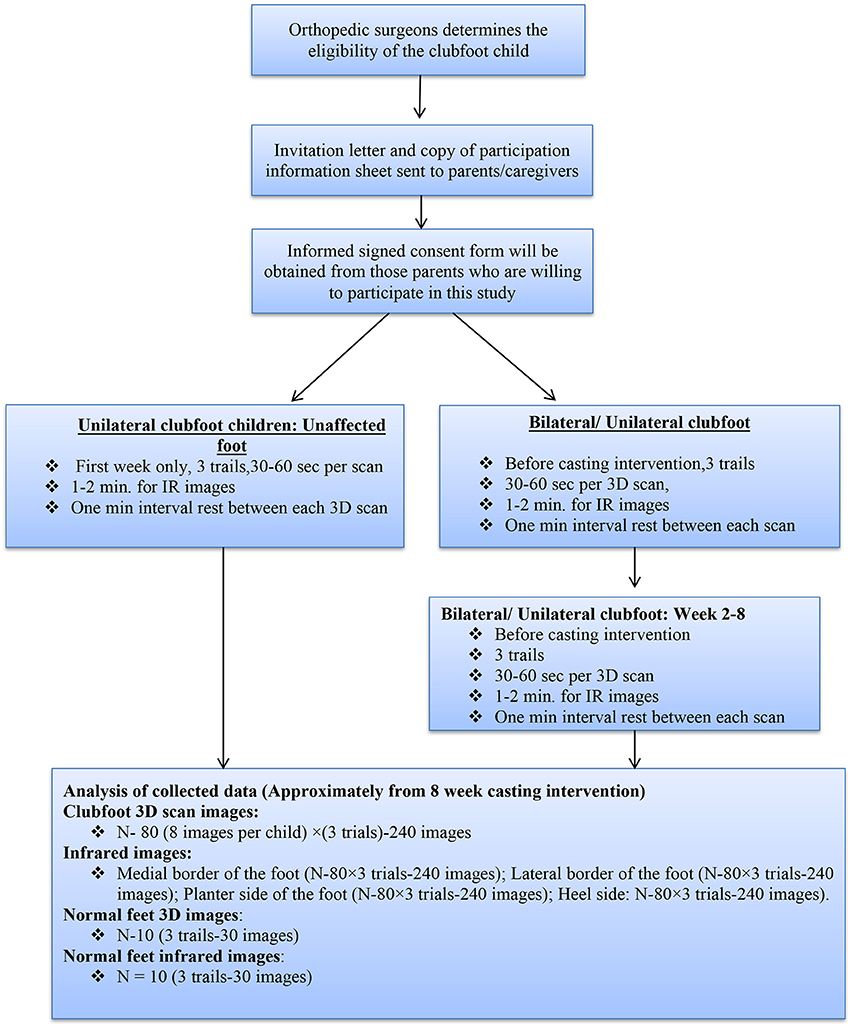



Frontiers Developing A Three Dimensional 3d Assessment Method For Clubfoot A Study Protocol Physiology




Correction Of The Neglected Clubfoot In The Adolescent And Adult Patient Foot And Ankle Clinics
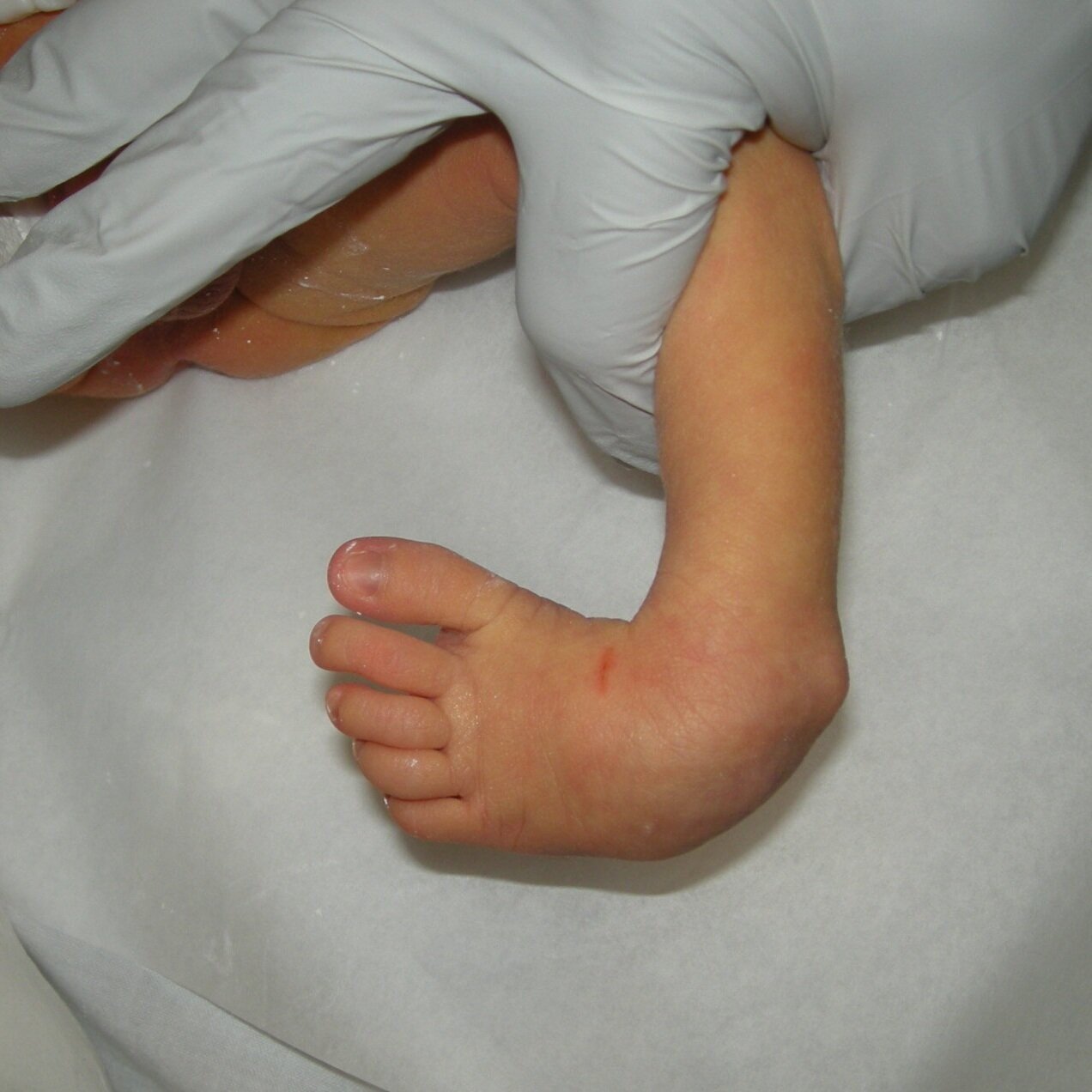



Dr Michael Uglow Is A Leading Expert Foot Ankle Surgeon Specialising In Children S Foot Disorders Untitled
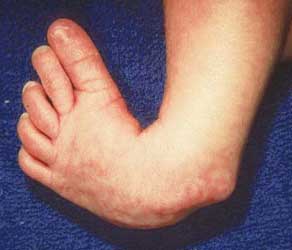



Club Foot Treatment Foot Disorders Foot And Ankle Specialist India




Managing The Club Foot The Horse




Club Foot In Infants Reasons Signs Remedies




Pdf Selective Soft Tissue Release For Recurrent Or Residual Deformity After Conservative Treatment Of Idiopathic Clubfoot Semantic Scholar



0 件のコメント:
コメントを投稿